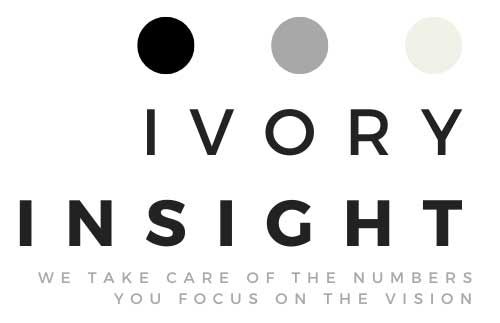Micro‑Entity Accounts: Your Simple Guide
DA
FRS 105 and the Micro‑Entity Accounts
When you’re running a small limited company, keeping your accounts simple can save you time, money, and stress. That’s where FRS 105, the Financial Reporting Standard for micro-entities comes in. It’s designed to strip back reporting requirements for the smallest companies while still ticking all the legal boxes with HMRC and Companies House.
FRS 105 is part of the UK GAAP framework and sets the rules for preparing accounts if your company qualifies as a micro-entity. It’s specifically aimed at very small businesses, making it easier to prepare accounts without unnecessary complexity.
Unlike FRS 102 (used by small and larger companies), FRS 105 is simplified in almost every way – from the layout of your accounts to the accounting treatments you’re allowed to use. It’s all about keeping things straightforward for smaller businesses that don’t need full disclosure.

Who Can Use FRS 105?
To qualify for the micro-entity regime, your company must meet at least two of these criteria:
- A turnover of £632,000 or less (increasing to £1,000,000 for accounting periods starting on or after 6 April 2025)
- A balance sheet total of £316,000 or less (increasing to £500,000 for accounting periods starting on or after 6 April 2025)
- An average of 10 employees or fewer during the financial year
This regime is mainly used by small owner-managed companies, contractors and startups. However, some businesses are excluded, for example, charitable companies (incorporated charities), investment undertakings and financial institutions cannot use FRS 105.
The Two-Year Rule
In your first financial year, you only need to meet these size criteria once to qualify for FRS 105. After that, you must meet at least two of these conditions for two consecutive years to continue using the micro-entity regime.
This rule prevents companies from switching between standards too often. If your business grows and exceeds the thresholds for two years in a row, you’ll need to move up to small company accounts (FRS 102 Section 1A).

Key Features of FRS 105
FRS 105 is designed for simplicity. Here’s what sets it apart:
- Minimal accounts: You only prepare a balance sheet and a basic profit and loss account. Only the balance sheet (and minimal notes) is filed and made public on Companies House..
- Less disclosure: Notes are kept to the legal minimum.
- No complex treatments:
Is FRS 105 Always the Best Choice?
FRS 105 is perfect for very small companies that want quick, low cost compliance. However, its simplicity can be a disadvantage. The accounts may not show enough detail for banks, lenders, or investors, which can make borrowing harder.
It’s also not a “fair presentation” framework under UK auditing standards, so if your company needs an audit or plans to grow, FRS 102 (small company) might be the better route.
Final Thoughts
FRS 105 is a great option if your company qualifies and you want to keep things as simple as possible. It cuts out the unnecessary complexity of larger company accounts while still ensuring you stay compliant. But as your business grows, it’s worth reviewing whether a move to FRS 102 Section 1A would give you a better balance of simplicity and useful information.

This blog is here to give you an overview, but it’s not personalised financial advice. If you’re unsure about your own accounts or deadlines, we’d love to chat and help you figure out the best approach for your business.
